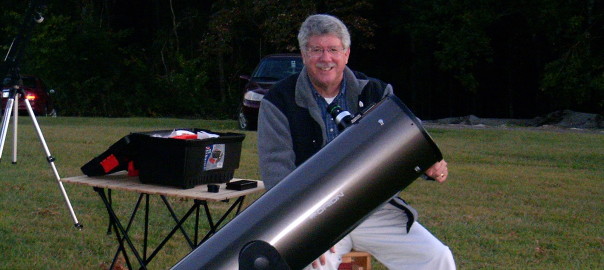Did your paper seem to have an effect? How large was the audience?
The audience wasn’t particularly large. There might have been 40 people in that special session. Doug Larson showed up to attend that section. I think that it inspired him to continue his work on Crater Lake as a volunteer researcher. In fact, I think it was soon afterwards when Doug began to devote every summer to taking measurements.
Didn’t some of his Ph.D. work parallel your master’s thesis?
Right. The difference was that I was only interested in Crater Lake, whereas Doug Larson was a true limnologist. He was interested in lakes in general, especially the process of oligotrophication. He studied Crater Lake, Odell Lake, and Waldo Lake. His doctoral research finished in 1971. He didn’t resurface until 1976 when he realized that it was close to ten years since he had made his last measurements. I believe he started to resume his measurements around 1978 and make comparisons after that ten year lapse.
That’s when he made his most notable observations?
Right. The decreasing clarity. He kept looking and one summer led to another, and another, and it seemed to be consistently decreasing in clarity. This led him to the hypothesis that something was amiss. At that point hydrothermal activity was not known to exist. He thought human waste might be getting into the lake.
Did he stay in touch with you?
All during that time. We would correspond, in fact, I even wrote letters to Senator Hatfield’s office in support of lake research. I think it’s obvious that Doug is the founder; if not the instigator, for the ten year research program. He was brave enough to bring the Crater Lake story to the attention of the public.
Do you know much about the equipment he used during the late seventies?
No. John Salinas would know that. Salinas worked closely with Doug at that time. It was primitive stuff though, inflatable rafts, whatever could be carted down the trail. We had more sophisticated materials on the Boston whaler. We used the old winch from the naturalist research boat. That winch was bolted to the floor of the boat and allowed us to sample at depth. I don’t thing Doug was able to do anything close to what we did in the ‘60’s because he had limited equipment. He was employed by the Army Corps of Engineers and used all his vacation time to come and look at what was going on with Crater Lake. He brought in Stan Geiger, who specialized in algae and phytoplankton.


